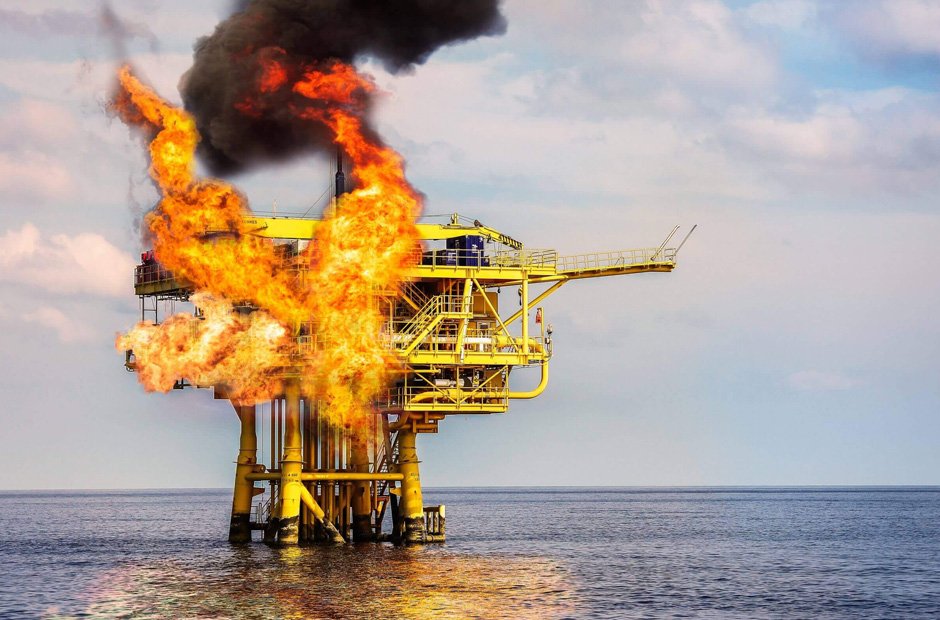In the vast expanse of the ocean, where the horizon blurs with the sky, oil rigs stand as both marvels of human engineering and poignant reminders of the inherent risks associated with offshore drilling. Whether you’re looking for an oil rig accident lawyer Houston, this article explores the latest technological innovations and strategic measures aimed at preventing oil rig accidents, thereby ensuring the protection of both human lives and marine ecosystems.
Understanding the Importance of Safety at Sea for Oil Rigs
The Critical Nature of Safety
Ensuring safety at sea, especially on oil rigs, is a paramount concern. Oil rigs operate under extreme conditions, including high winds, rough seas, and potentially hazardous equipment, making safety protocols essential. A failure in safety systems can lead to catastrophic accidents, endangering lives and causing environmental disasters.
Economic and Environmental Impacts
Oil rig accidents not only have severe human consequences but also significant economic and environmental impacts. The loss of oil production can lead to substantial financial repercussions for companies, while oil spills can devastate marine ecosystems, which can take years to recover.
Technological Advancements
To mitigate these risks, the industry is increasingly turning to innovative technologies. Advanced monitoring systems and automated safety controls are being integrated to reduce human error and enhance response times during emergencies. Investing in and prioritizing safety innovations is crucial for sustainable and responsible offshore operations.
Current Challenges in Preventing Oil Rig Accidents
Complex Operating Environments
Oil rigs operate in some of the most inhospitable environments on the planet. The extreme weather conditions, ranging from violent storms to frigid temperatures, pose significant safety risks. In such volatile environments, even the most advanced technology can face limitations, making it challenging to maintain consistent safety measures.
Human Error and Training Gaps
Despite rigorous training, human error remains a persistent issue. Complex machinery and high-pressure decision-making environments increase the likelihood of mistakes. Continuous education and practical training are crucial to minimize these risks. However, ensuring all personnel are adequately trained and informed presents a logistical challenge.
Technological Limitations
While technology has advanced, its implementation can be hindered by high costs and integration difficulties. Newer technologies require substantial investment, and integrating these systems into existing infrastructure is often fraught with challenges. Balancing cost with safety innovation is a critical hurdle for the industry.
Technological Innovations Enhancing Safety Measures
Advanced Monitoring Systems
In the quest for enhanced safety on oil rigs, advanced monitoring systems have become indispensable. These innovations allow for real-time data collection and analysis, providing crucial insights into machinery performance and environmental conditions.
By employing sophisticated sensors and artificial intelligence, these systems can detect anomalies or potential failures before they escalate into disasters. This proactive approach not only safeguards personnel but also minimizes environmental risks, ensuring operations remain within safe parameters.
Remote Control and Automation
Remote control and automation are revolutionizing the operation of oil rigs. By automating routine and hazardous tasks, rigs can significantly reduce human exposure to risks.
Remote operations enable experts to manage complex procedures from safe locations, employing robotics and automated systems to perform intricate tasks with precision. This shift not only enhances safety but also improves operational efficiency by reducing downtime and human error.
Safety-Driven Design Innovations
Design innovations tailored with safety in mind are altering the landscape of oil rig construction. Improved structural designs and materials increase resilience against harsh marine conditions.
Enhanced emergency response systems, including better evacuation routes and safety equipment, ensure swift action during crises. By integrating safety as a core design principle, these technological advancements provide robust defenses against potential accidents.
Future Trends in Oil Rig Safety: What’s on the Horizon?
Advanced Automation and Robotics
One of the most promising trends is the integration of advanced automation and robotics. These innovations aim to minimize human presence in hazardous areas, thus reducing the risk of accidents. Robotics can perform routine inspections and maintenance tasks, ensuring consistent safety standards without the need for fatigue or human error.
Enhanced Monitoring Systems
The development of enhanced monitoring systems is also on the rise. These systems utilize IoT technology and artificial intelligence to detect anomalies in real-time, providing early warnings and preventing potential failures. By analyzing vast amounts of data, predictive maintenance becomes more efficient, effectively reducing downtime and potential hazards.
Sustainable Safety Protocols
Sustainable safety protocols are being designed to adapt to environmental changes and regulatory demands. This ensures that safety measures not only protect human life but also preserve the surrounding environment, reflecting a holistic approach to oil rig safety.
Final Thoughts
In navigating the complex waters of oil rig safety, you stand at the forefront of an industry undergoing transformative change. Whether you are looking for an oil rig accident lawyer Houston, by embracing cutting-edge innovations and adhering to rigorous safety protocols, you significantly contribute to minimizing the risks associated with offshore drilling. As you continue to champion safety at sea, your commitment not only protects valuable resources but also ensures a safer environment for all.



